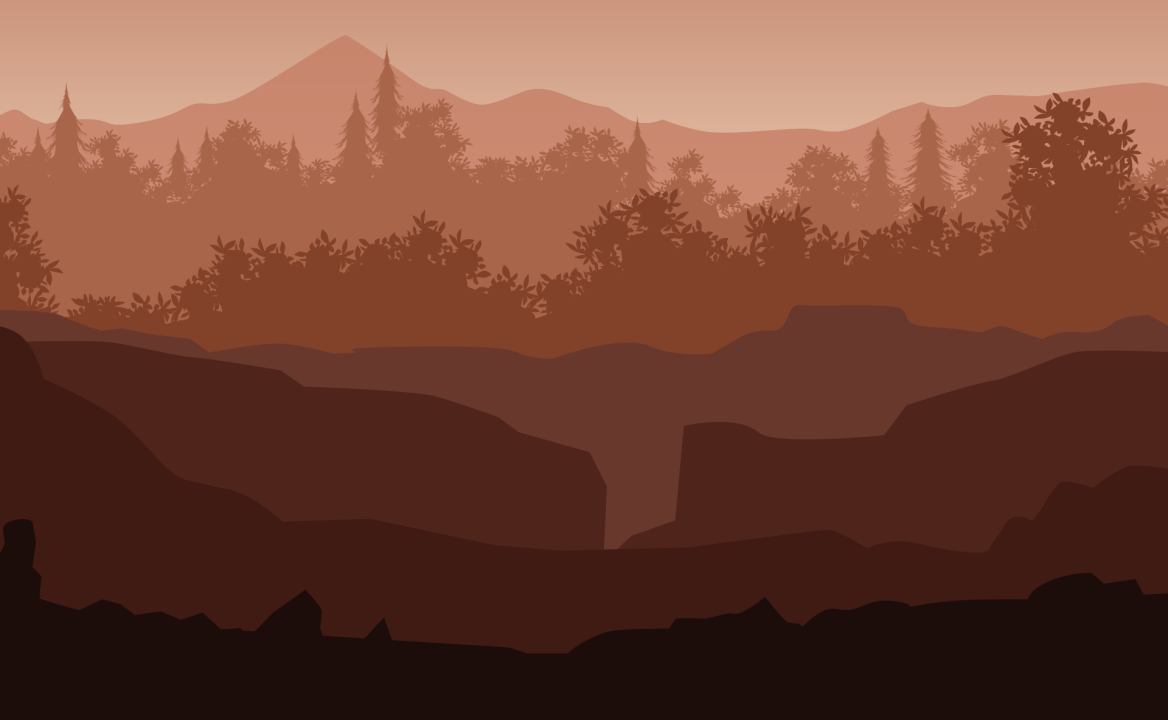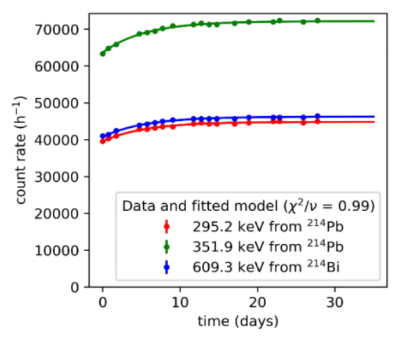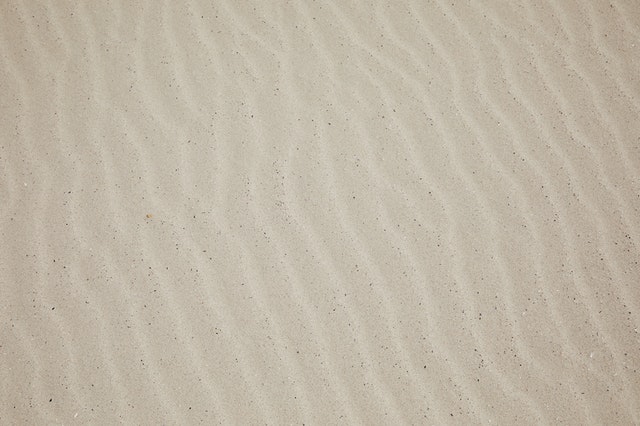µDose system application in OSL dating for establishing land use practices in the Middle Bronze Age
A reconstruction of land use practices that were performed in the Middle Bronze Age in north-western Alpine foreland was conducted by Scherer et al., (2021). It includes a reconstruction of the colluvial deposition phases obtained through OSL and AMS C-14 dating of the deposits and archaeological data. For OSL dating isotope dose rates (U-238, Th-232, K-40) were established using thick source alpha-counting and the µDose System.

Scherer, S., Höpfer, B., Deckers, K., Fischer, E., Fuchs, M., Kandeler, E., … Kühn, P. (2021). Middle Bronze Age land use practices in the northwestern Alpine foreland – a multi-proxy study of colluvial deposits, archaeological features and peat bogs. SOIL, 7(1), 269–304. https://doi.org/10.5194/soil-7-269-2021
(by J. Rocznik)









